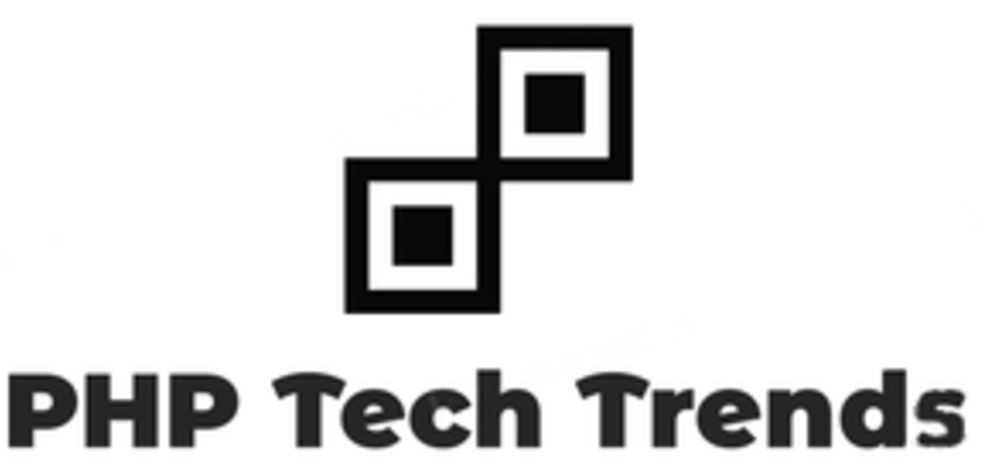Welcome to the world of Symfony’s Security Component – a powerful tool that can elevate the security of your business applications to new heights. In today’s digital age, safeguarding sensitive data and protecting user privacy are paramount. With Symfony’s Security Component, you can fortify your applications with robust authentication and authorization mechanisms, ensuring peace of mind for both you and your users. Let’s delve into how this component can enhance the security posture of your business applications!
Benefits of Using Symfony’s Security Component in Business Applications
When it comes to building secure business applications, Symfony’s Security Component stands out as a reliable ally. By incorporating this component into your projects, you can ensure robust protection for sensitive data and user information.
One significant benefit of using Symfony’s Security Component is its flexibility in implementing various authentication methods. Whether you need basic username and password authentication or more advanced techniques like OAuth or LDAP integration, Symfony has got you covered.
The Security Component provides seamless integration with other Symfony features, making it easy to set up access control based on roles and permissions. This granular control ensures that users only have access to the resources they are authorized to view or modify.
Leveraging Symfony’s Security Component in your business applications not only enhances security but also contributes to a smoother user experience.
Basic Concepts of Security in Symfony
When it comes to understanding security in Symfony, it’s essential to grasp the fundamental concepts that underpin its robust protection mechanisms.
Authentication is the process of verifying a user’s identity, ensuring they are who they claim to be before granting access. This can be achieved through various methods such as username and password or token-based authentication.
Authorization, on the other hand, determines what actions a user is allowed to perform once authenticated. By defining roles and permissions within your application, you can control access to specific resources based on a user’s privileges.
Encryption plays a crucial role in safeguarding sensitive data by converting it into an unreadable format using algorithms. This ensures that even if unauthorized individuals gain access to the information, they cannot decipher it without the proper decryption key.
By incorporating these basic security concepts into your Symfony business applications, you can create a secure environment where confidential data remains protected from potential threats.
Implementing Authentication in Business Applications using Symfony’s Security Component
Implementing authentication in business applications using Symfony’s Security Component is crucial for safeguarding sensitive data and ensuring only authorized users access the system. With Symfony, you can easily set up different authentication methods like form login, HTTP basic or digest authentication, API token authentication, and more.
Symfony’s Security Component provides a robust framework for handling user credentials securely through various authenticators and providers. You can configure multiple firewall entries to control access based on different parts of your application.
By integrating Symfony’s Security Component into your business application, you can enforce user authentication requirements seamlessly. Whether it’s verifying user credentials against a database or an external service, Symfony offers flexibility in implementing custom authentication logic tailored to your specific needs.
Symfony allows for easy integration with third-party services like LDAP or OAuth for enhanced security measures. This ensures that only legitimate users gain access to sensitive resources within your business application environment.
Setting Up Access Control with Roles and Permissions
Setting up access control with roles and permissions in Symfony’s Security Component is crucial for managing user privileges within business applications. By defining different roles and assigning specific permissions to each role, you can ensure that users only have access to the resources they need.
Roles categorize users based on their responsibilities or job functions, such as admin, manager, or regular user. Permissions specify what actions a user with a particular role can perform, like viewing sensitive data or editing certain settings.
With Symfony’s Security Component, configuring access control is streamlined through its intuitive configuration options. You can easily define roles and permissions in security.yml file and enforce these rules throughout your application.
By implementing robust access control mechanisms using Symfony’s Security Component, you can enhance the security of your business applications while providing a tailored user experience based on individual roles and permissions.
Handling User Authorization in Business Applications with Symfony’s Security Component
User authorization in business applications is crucial for ensuring that the right individuals have access to specific resources and functionalities within the system. With Symfony’s Security Component, handling user authorization becomes streamlined and secure.
By defining roles and permissions, businesses can control what actions each user is allowed to perform within the application. This level of granularity enhances security by limiting unauthorized access to sensitive data or critical functionality.
Symfony’s Security Component provides a flexible way to manage user permissions, allowing developers to customize access levels based on their business requirements. Whether it’s restricting certain features to administrators only or granting limited access to certain user groups, Symfony offers a robust solution for implementing these authorization rules.
With Symfony’s Security Component, businesses can easily integrate complex permission structures into their applications without compromising on efficiency or scalability. This ensures that users are granted appropriate privileges based on their roles within the organization.
Best Practices for Ensuring Secure Business Applications with Symfony’s Security Component
When it comes to securing business applications with Symfony’s Security Component, there are several best practices that can help you maintain a robust and reliable system. First and foremost, always ensure that your application is regularly updated with the latest security patches and fixes provided by Symfony.
Implement strong password policies for user authentication to prevent unauthorized access. Utilize encryption techniques to safeguard sensitive data stored in your database or transmitted over the network.
Consider implementing two-factor authentication for an added layer of security. Regularly audit and monitor user activity within your application to detect any unusual behavior or potential security breaches.
Educate your team on cybersecurity best practices and conduct regular training sessions to keep everyone informed about the latest threats and how to mitigate them effectively. By following these best practices, you can significantly enhance the security of your business applications using Symfony’s Security Component.
Conclusion
Symfony’s Security Component offers a robust and flexible solution for managing security in business applications. By leveraging its features such as authentication, access control, and user authorization, developers can ensure that their applications are protected against unauthorized access and potential security threats.
Implementing Symfony’s Security Component not only enhances the overall security posture of the application but also provides a seamless user experience by ensuring that users have the right level of access to resources based on their roles and permissions.
By following best practices such as regularly updating dependencies, using strong encryption algorithms for storing sensitive data, and implementing secure communication protocols, businesses can create highly secure applications with Symfony’s Security Component at the core.
Integrating Symfony’s Security Component into business applications is essential for safeguarding sensitive information and protecting against cyber threats. Embracing the power of Symfony’s Security Component empowers businesses to build secure and reliable applications that inspire trust among users while maintaining the integrity of their data assets.

